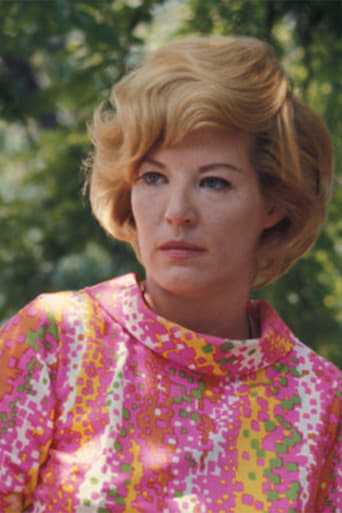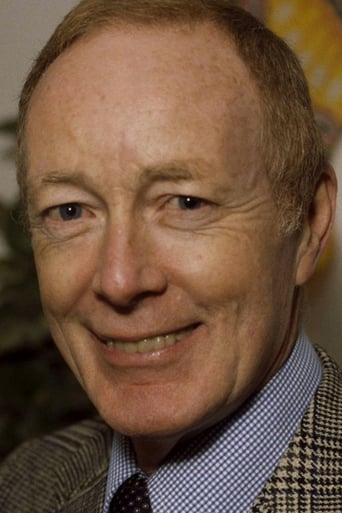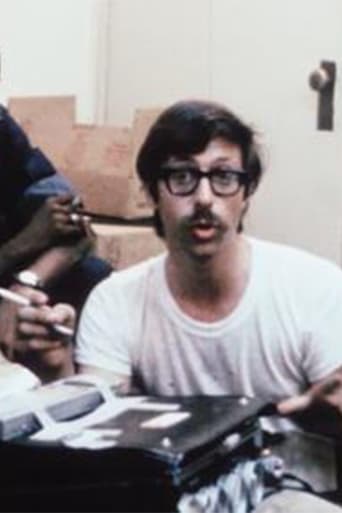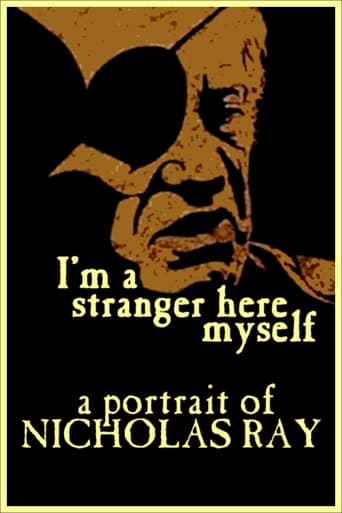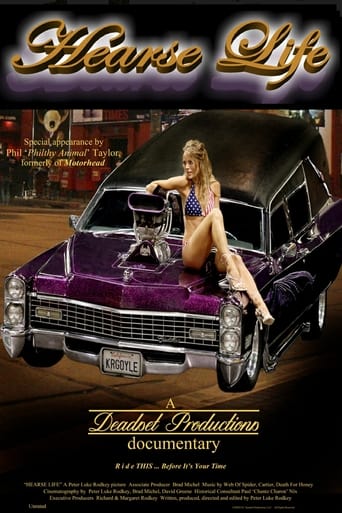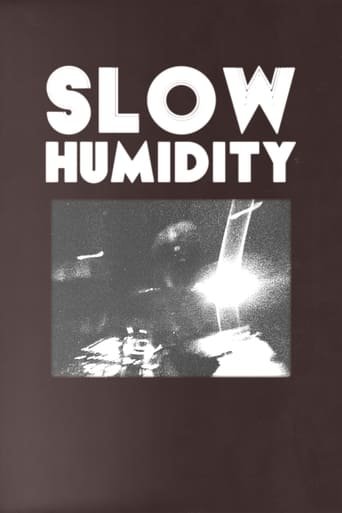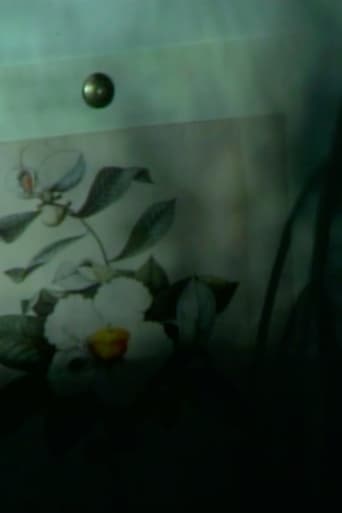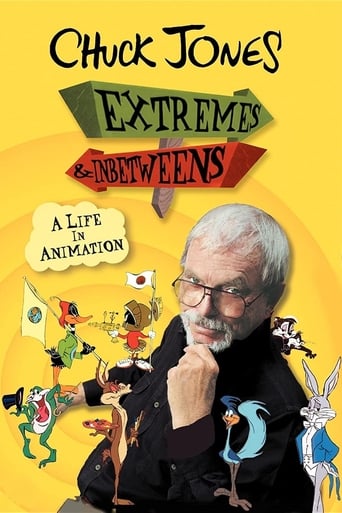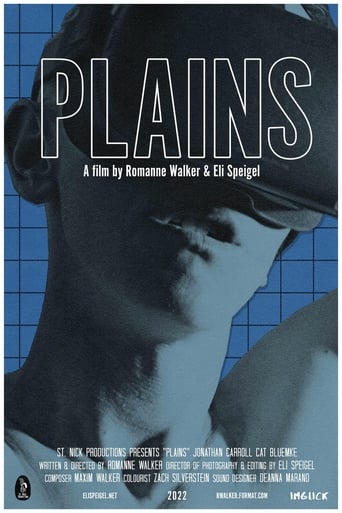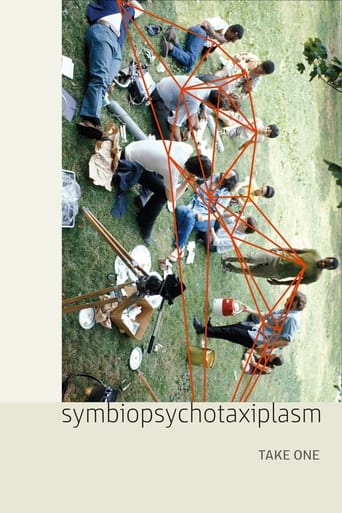
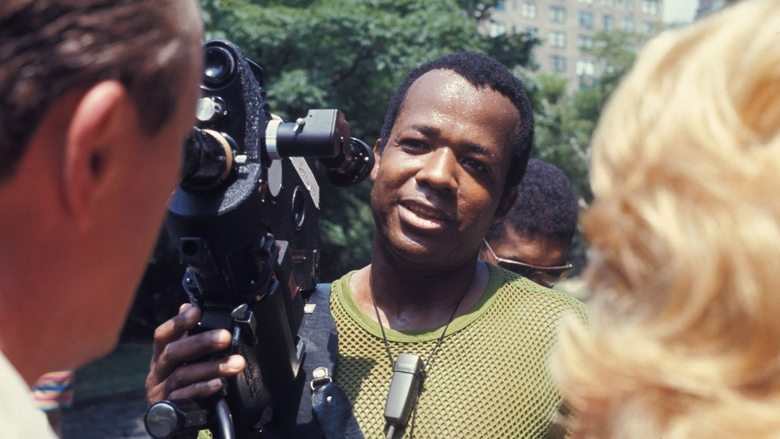
Symbiopsychotaxiplasm: Take One (1968)
In Manhattan's Central Park, a film crew directed by William Greaves is shooting a screen test with various pairs of actors. It's a confrontation between a couple: he demands to know what's wrong, she challenges his sexual orientation. Cameras shoot the exchange, and another camera records Greaves and his crew. Sometimes we watch the crew discussing this scene, its language, and the process of making a movie. Is there such a thing as natural language? Are all things related to sex? The camera records distractions - a woman rides horseback past them; a garrulous homeless vet who sleeps in the park chats them up. What's the nature of making a movie?
Watch Trailer
Cast


Similar titles
Reviews
Truth is what remains after we have rejected everything that is untrue.That is how we define our world, ourselves, our very reality. We are- whether we know it or not- constantly questioning, constantly searching for truth in our lives- from the most simplistic and straightforward to the universal eternal questions: the truth about love, and sex, and God, the truth about men and women, and the meaning of life. "Symbiopsychotaxiplasm" is a movie that brilliantly turns the medium of film- and its devices- into the ultimate litmus test of truth. That's all the movie is: the search for truth, experienced in multiple levels of reality and reflecting off itself in a series of mirrors.It's so much more simple than other reviewers make it sound. When critics start dusting off arcane technical descriptions and pretentious French terminology I usually run screaming in the opposite direction. William Greaves uses the simple idea of a film crew shooting a scene in the park as a departure point for a look at what is real. Is the scene real? Is it intentionally terrible? The absurd, stilted dialogue and over-the-top performances seem to suggest it's a smokescreen for something else, and yet there are times when the actors find Truth in the awful scene by transcending the premise and dialogue and reaching an emotional core. This is the very definition of acting, so in a strange way this zero-budget, atrociously-written scene succeeds more than many big-budget "legitimate" Hollywood films. But then Greaves includes footage of the actors as themselves rehearsing and discussing the scene does seeing their actual personalities and hearing their own opinions enhance or detract from their performances? Or is this aspect of the film scripted as well? We don't know, and it's the absolute ambiguity that makes this movie magnetic and fascinating.The second level of the film is the behind-the-scenes documentary, which in many ways is the most pure form of cinema ever created. The camera captures the struggles and setbacks of the cast and crew on location, including intruding police officers, crowds of excited on-lookers, and even an eccentric homeless man to reveal the reality of what goes on during a shoot. The crew is frustrated, confused and almost mutinous over the director's seemingly careless attitude about the movie. It says a lot about Greaves' open-mindedness as an artist and a man that he's willing to include this footage that openly questions his talents and motivations. Clearly he's as willing to expose himself to scrutiny as his actors and his crew. That's commitment, and the key to the movie for me. The fact that Greaves included scenes that showed him in an unflattering light convinced me that the man is as pure a film artist as there ever was. Boldly, fearlessly, he stands completely vulnerable on screen in his own film and trusts the audience to judge him for themselves.The third level of the film is unprecedented and probably the most fun. Thirty years before the invention of DVD Director's Commentary the crew gathers and gives a running commentary on the movie- while it's still in production- and surprisingly questions whether or not the film has any value at all! Their passion is contagious... these are clearly all talented individuals who genuinely care about the project they're working on, and although they have different opinions they basically all arrive at the same conclusion: the movie is a disorganized mess. They're absolutely right, but few of them had the foresight to see that it's the sprawling, imperfect, fun-house atmosphere that makes it such a rich and rewarding experience.Just watching this movie will make you smarter about movies, if not life in general. It will make you question what you once blindly accepted, it will engage you and challenge you in a way that no other film ever has or probably ever will, and for that alone it is a tremendous success and exceptionally valuable. It is a time capsule of not only an era when artistic pursuits were much more nobly considered, but of a unique cinematic experience in which the audience, cast and crew all switch places like a magical game of musical chairs and in which the truth reveals itself to be just as maddeningly elusive as in real life.The first time I saw the film I was convinced the drunken homeless man who preaches to the crew was an actor playing a part in a staged segment of the behind-the-scenes documentary. The second time I saw it I was sure he was absolutely real.Let me know if you figure it out, won't you?GRADE: A
Symbiopsychotaxiplasm points the way toward so many later development in film. It manipulates reality by provoking the hapless cast, crew and bystanders to play roles by provoking them. The director of the film uses his own behavior as a Rorschach test. The whole genre of reality television as well as avant-garde documentary styles are anticipated in this film.In addition to its historical importance the film is fascinating on its own terms for anyone who likes to think about the nature of performance vs. reality. Gender, race, sexuality and the march of time also make appearances. Criterion has done its usual terrific job in rescuing this forgotten masterpiece from undeserved obscurity.
In 1968 when, "SYMBIOPSYCHOTAXIPLASM: Take One", was released, it came from out of nowhere, and struck like a psychedelic thunder bolt. Afro-American actor and film maker, William Greaves, aimed to forever alter the 'news-reel' style of documentary film-making, and to this day, there has never been anything quite like it. The movie is a film about 'the making of a film', and intentionally written and directed so as to create as much controversy and contradiction as possible. Set in New York's Central Park, the action and scant dialog concern a couple who fight and bicker about homosexuality and abortion. The woman wants out of the relationship, and the man wants an explanation. Near the end of this interaction, a drunk homeless man interrupts the proceedings and offers his commentary, and personal back-story. Then, after the principle footage has been shot, the film crew add their own views of the film-maker and what they feel is his inept handling of the movie. And during the entire film, multiple cameras are employed to record the action within the scene, and extraneous commentary by cast, crew, and onlookers. I would certainly recommend this film to anyone who has an interest in Avant Garde film makers such as Andy Warhol, John Cassavetes, or Jim Jarmusch. William Greaves attempts to show that a thing cannot be truly observed and understood because the viewing itself would alter the reality. "SYMBIOPSYCHOTAXIPLASM: Take One" can be seen as a cinematic representation or application of The Uncertainty Principle. This is only one possible explanation, and Greave's true intent is certainly open for speculation. Above all else, this film seeks to confound, confront. and stimulate, and without a doubt, succeeds admirably.
How important is the director, anyway? In this film, made in the politically tumultuous times of the late 60s where questions of social organization were prime conflicts, asks that question by making a movie that turns the camera away from the action and only begs to reveal the director, William Greaves. It is an important work, as it shows like no other movie shows the difficulties in blocking, organizing, and setting the scene; it reveals the role of the crew, something most directors frankly would like to disappear completely and that the invisibility of is essential for suspending disbelief; and it also puts into consideration the role of performance and scripting and how they match/don't match reality and what that has to say about how the director ultimately influences reality (if at all).The documentary, or pseudo-documentary, or fictional narrative (whichever you prefer, via your interpretations of the themes) has its brain in the over-educated, over-intellectual crew, its guts in the lost performers struggling to understand the vague and ambiguous directions, and its heart in the director, who stands in as the desire to portray, to represent, to express without any idea how to do any of those things or why he wants to do it. It's a film that purposefully repeats banalities just to see if they can become more than banalities. It's a film that sometimes shows the multiple shots simultaneously, just to leave the editing to the audience and also reveal how disturbingly different shots change perspective.It's an important work, and something that everyone interested in the industry and process of film-making should watch and understand. It, like many experimental films, has no real mass-audience appeal--it's not for them. It's for the industry, and its for the 60s, asking what to do with a group-effort medium that still relies on a single "voice" and "author".--PolarisDiB


